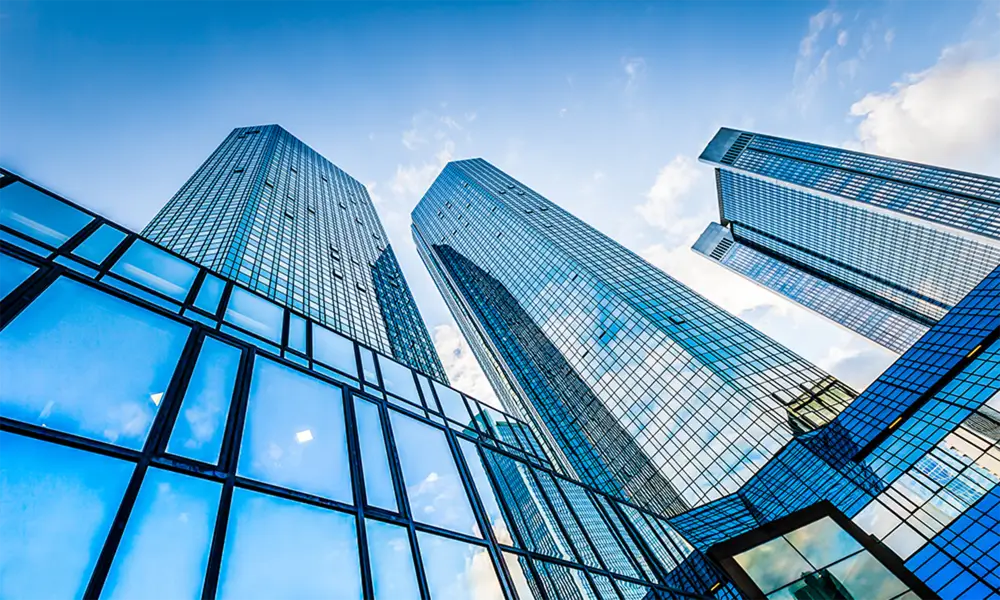

The Advantages of Low-E (Low Emissivity) Glass in Modern Architecture
In the realm of modern architecture and design, energy efficiency is becoming increasingly important. One innovative solution that has gained significant attention in recent years is Low-E (low emissivity) glass. This specialized type of glass is designed to improve the energy efficiency of buildings, making it a popular choice among architects, builders, and homeowners alike. This article will explore the benefits of Low-E glass, its applications, and its role in sustainable building practices.
What is Low-E Glass?
Low-E glass is a type of energy-efficient glass that has a microscopically thin coating of metal or metallic oxide applied to its surface. This coating reflects infrared light while allowing visible light to pass through. The primary function of Low-E glass is to minimize the amount of heat transferred through the glass. It helps to keep indoor spaces warm in the winter by reflecting heat back into the building and cool in the summer by reflecting outside heat away. This unique characteristic is what sets Low-E glass apart from traditional glass.
Energy Efficiency and Cost Savings
One of the most significant advantages of Low-E glass is its ability to enhance energy efficiency. By reducing heat loss during winter and heat gain during summer, Low-E glass can significantly lower heating and cooling costs. According to various studies, the use of Low-E windows can result in energy savings of up to 20% to 30%. These cost savings can quickly add up, making Low-E glass an economically attractive option for both residential and commercial buildings.
Improved Indoor Comfort
Beyond financial benefits, Low-E glass also contributes to improved indoor comfort. Traditional windows can lead to uncomfortable temperature fluctuations and drafts. With Low-E glass, the temperature inside a building remains consistent, creating a more pleasant living or working environment. Additionally, Low-E glass helps reduce glare, making spaces more comfortable for activities like watching television or working on a computer.

Environmental Impact
As the world increasingly prioritizes sustainability, Low-E glass plays a crucial role in reducing the environmental impact of buildings. By improving energy efficiency, the demand for heating and cooling is decreased, which in turn leads to reduced greenhouse gas emissions. Many jurisdictions offer tax credits or incentives for using energy-efficient products like Low-E glass, further encouraging environmentally conscious building practices.
Noise Reduction
In urban areas, noise pollution can be a significant issue, impacting the quality of life for residents. Low-E glass not only helps control temperature but also provides sound insulation benefits. The dense structure of Low-E insulated glass units can significantly reduce the transmission of sound, offering a quieter indoor environment, which is especially beneficial for homes located near busy streets or commercial zones.
Versatility and Design Aesthetics
Low-E glass is highly versatile and can be used in various applications, including residential windows, commercial buildings, curtain walls, and skylights. Its clear appearance does not compromise the aesthetic appeal of a building, allowing architects and designers to maintain their creative vision while benefiting from the energy efficiency that Low-E glass provides.
Conclusion
Low-E glass represents a remarkable advancement in building materials, combining aesthetic appeal with energy efficiency and environmental responsibility. As the push for sustainable architecture continues to grow, the use of Low-E glass will likely become more prevalent. Its numerous advantages—ranging from cost savings and improved comfort to reduced environmental impact—make it an ideal choice for modern construction projects. Whether you are an architect, builder, or homeowner, embracing Low-E glass is a step toward a more sustainable and energy-efficient future. As we move forward, integrating such smart technologies will undoubtedly redefine our living spaces while caring for our planet.